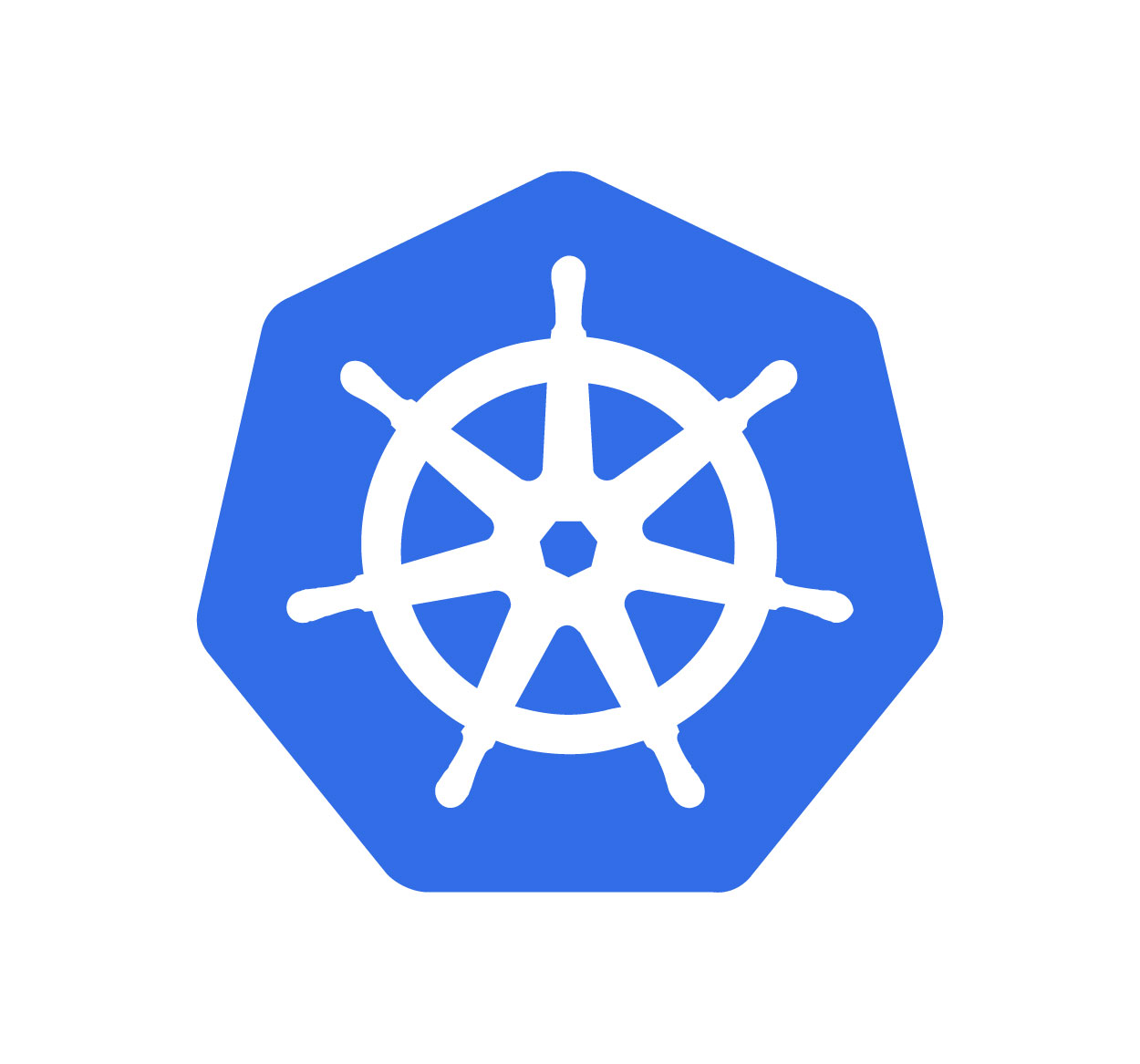Menu

Definition and Purpose: Ingress logs are records of all incoming traffic to services running inside a Kubernetes cluster. These logs help track, monitor, and manage traffic flow from external users to internal services.
Why They Matter: Monitoring ingress logs enables quick identification of errors, bottlenecks, and potential security threats, ensuring your application remains highly available.
Accessing Logs via kubectl: You can access logs of an ingress controller by using the kubectl logs command.
Common Commands:
Log Storage Solutions: Consider integrating log management tools like ELK stack (Elasticsearch, Logstash, and Kibana) for centralized log aggregation and analysis.
Traffic Not Reaching the Service: If your ingress controller isn't routing traffic properly, check for misconfigurations in your ingress resource YAML file.
SSL/TLS Errors: Inspect logs for any SSL certificate-related issues. Using tools like OpenSSL can help identify issues with certificates.
Performance Bottlenecks: High latency and slow request processing can be tracked through ingress logs, highlighting inefficient routes or overloaded services.
Set Up Alerts: Create alerts for unusual traffic spikes, errors, or timeouts.
Log Rotation: Implement log rotation to avoid storage issues as logs accumulate.
Use Structured Logging: Use structured logging formats like JSON for better readability and easier parsing.
Kubernetes ingress logs provide valuable insights into the health and performance of your application. By understanding how to access and analyze these logs, you can quickly resolve issues and optimize your services. For further reading on Kubernetes best practices, visit our related articles on application scaling and traffic management.